Granite countertop paint DIY projects have gained popularity among homeowners looking to refresh their kitchen or bathroom surfaces without the high cost of replacing the countertops. Painting granite countertops can be a cost-effective and transformative solution, allowing for a variety of design options and finishes. However, it requires careful preparation, the right materials, and proper application techniques to ensure a durable and attractive result.
The first step in a granite countertop painting project is thorough preparation. This involves cleaning the surface to remove any grease, dirt, or residues that could interfere with paint adhesion. A mixture of warm water and mild detergent can be used for this purpose, followed by a rinse with clean water. It’s crucial to let the countertop dry completely before proceeding to the next step.
Sanding the granite is an essential part of the preparation process. Sanding helps create a rough surface that allows the primer and paint to adhere better. Use a medium-grit sandpaper, typically around 220-grit, to lightly sand the entire surface. This step is important for both glossy and matte finishes. After sanding, clean the surface again to remove any dust particles. A tack cloth is useful for picking up fine dust and ensuring the countertop is ready for priming.
Applying a high-quality primer designed for use on granite or other non-porous surfaces is the next critical step. Primers create a bonding layer that ensures the paint adheres properly to the granite. It’s advisable to use a brush or roller to apply the primer evenly, covering the entire surface with a thin, consistent layer. Allow the primer to dry completely according to the manufacturer’s instructions, which typically takes a few hours.

Once the primer is dry, it’s time to apply the paint. Choosing the right type of paint is essential for a successful DIY granite countertop project. Epoxy or acrylic paints are commonly recommended due to their durability and ability to withstand the wear and tear of daily use. These paints come in various colors and finishes, allowing for customization to match any decor style. Applying the paint in thin, even coats is key to achieving a smooth and professional-looking finish. Multiple coats may be needed to achieve the desired opacity and coverage, with each coat allowed to dry thoroughly before applying the next.
To create a more realistic granite look, consider using a sponge or natural sea sponge to add texture and depth. This technique involves dabbing different colors of paint onto the surface to mimic the natural variations found in granite. Metallic paints or glazes can also be used to add shimmer and dimension. This step requires patience and a bit of artistic skill but can result in a stunning and unique countertop.
After the final coat of paint has dried, applying a clear topcoat is crucial to protect the painted surface. A high-quality polyurethane or epoxy topcoat will provide a durable, water-resistant finish that can withstand daily use and cleaning. It’s important to follow the manufacturer’s instructions for application and curing times to ensure the best results. Some topcoats may require multiple layers for optimal protection.
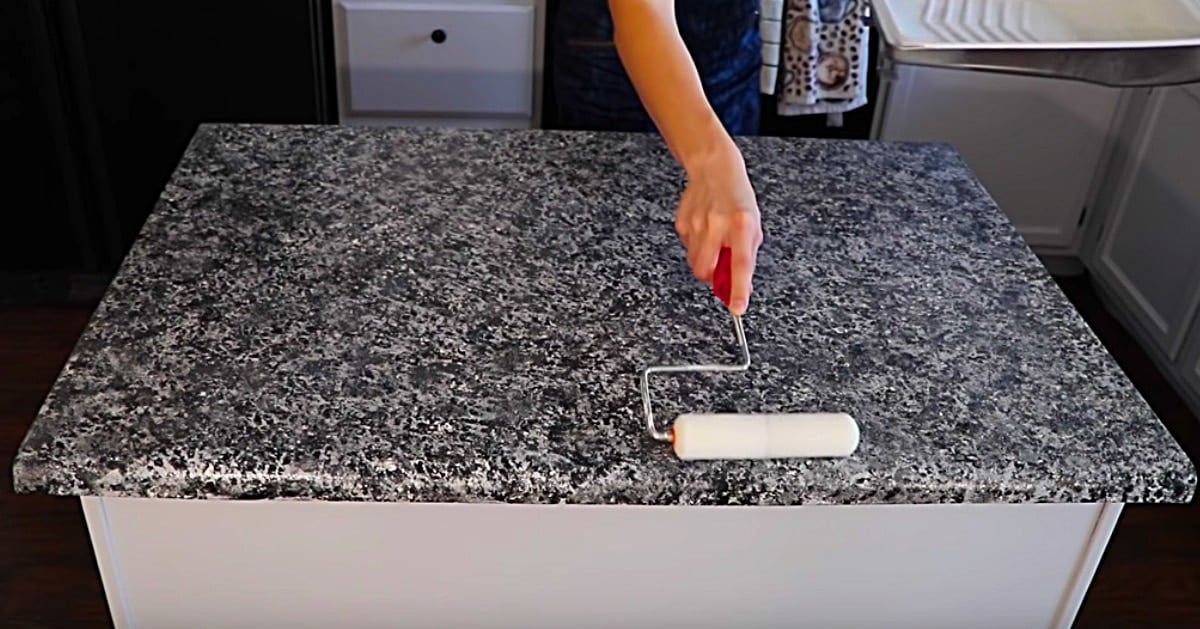
During the curing process, it’s important to avoid using the countertop to allow the topcoat to harden fully. This can take several days to a week, depending on the product used. Once the topcoat is fully cured, the countertop will be ready for regular use. Regular cleaning with non-abrasive cleaners and avoiding harsh chemicals will help maintain the finish and extend the lifespan of the painted surface.
Granite countertop painting can be a rewarding DIY project that significantly enhances the look of a kitchen or bathroom. It offers a budget-friendly alternative to replacing countertops and provides the opportunity to customize the color and finish. With careful preparation, the right materials, and attention to detail, homeowners can achieve professional-looking results.
It’s also worth noting that while painting granite countertops can refresh the look of a space, it may not be suitable for everyone. Those who prefer the natural look and feel of granite might find that painting alters the inherent beauty of the stone. Additionally, the painted surface, although durable, may not be as long-lasting as the original granite, particularly in high-traffic or heavily used areas.
For those considering a granite countertop paint DIY project, it’s advisable to do thorough research and possibly test the process on a smaller area or sample piece of granite. This can help gauge the effort required and the potential results. Additionally, consulting with professionals or seeking advice from home improvement stores can provide valuable insights and tips.
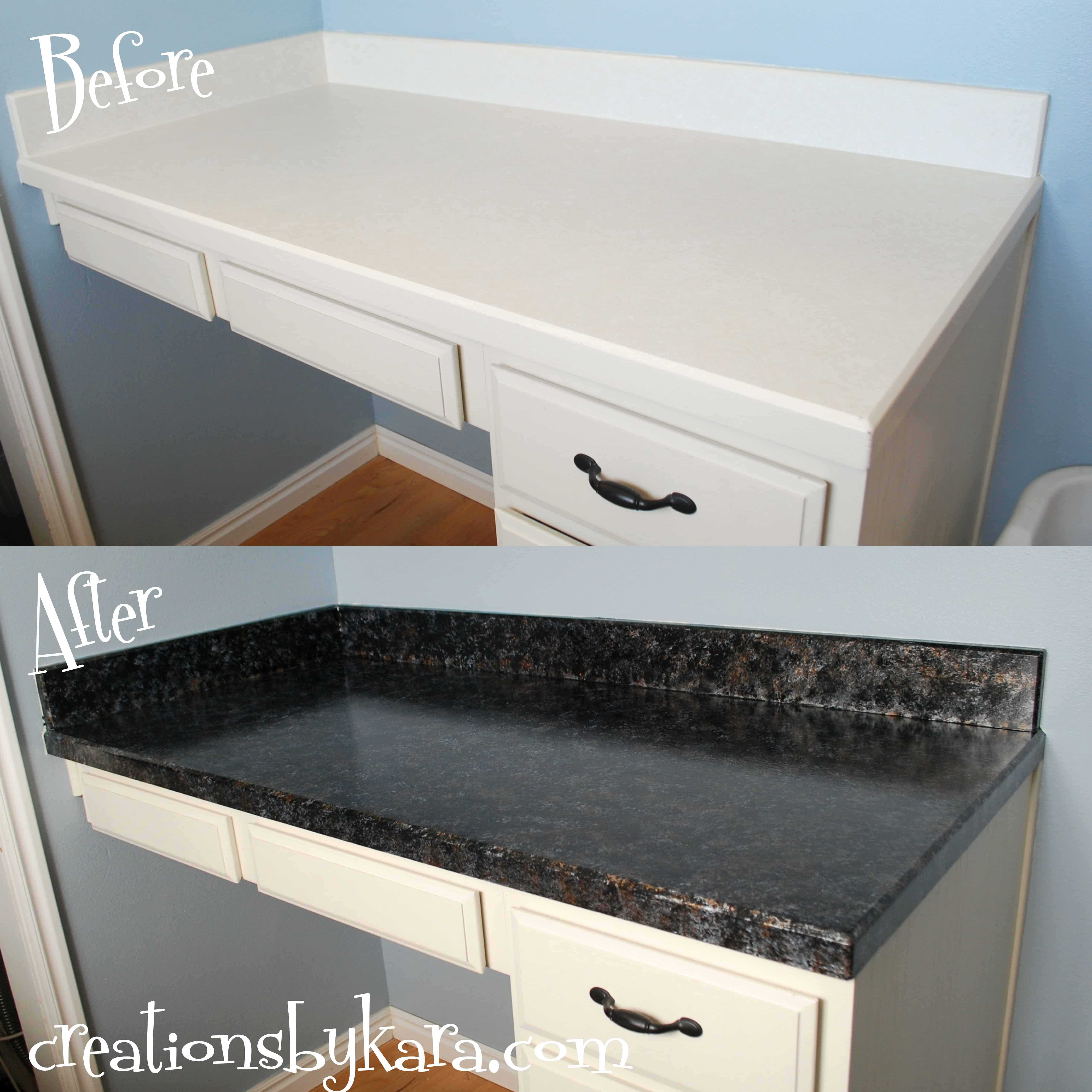
Common Mistakes to Avoid:
One common mistake in granite countertop painting is inadequate surface preparation. Skipping or rushing through the cleaning and sanding steps can lead to poor paint adhesion and a less durable finish. It’s crucial to take the time to thoroughly clean and sand the countertop before applying primer and paint.
Another mistake is using the wrong type of paint or primer. Not all paints are suitable for use on granite or other non-porous surfaces. Using regular wall paint instead of epoxy or acrylic paint can result in a finish that chips or peels easily. Similarly, not using a primer specifically designed for granite can compromise the durability of the paint job.
Applying too thick of a paint coat is also a common error. Thick layers of paint can lead to uneven drying, drips, and an unattractive finish. It’s better to apply several thin coats, allowing each one to dry completely before applying the next.
Failing to apply a protective topcoat is another frequent mistake. The topcoat is essential for protecting the painted surface from scratches, stains, and water damage. Skipping this step can significantly reduce the lifespan of the painted countertop.
And last, not allowing sufficient curing time can lead to damage before the paint and topcoat have fully hardened. Patience is key to ensuring a durable and long-lasting finish.
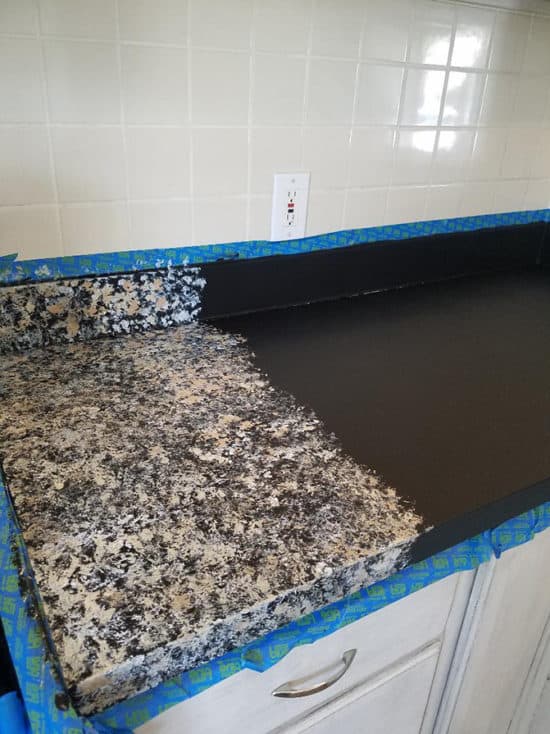
Can I paint my granite countertops myself?
Yes, you can paint your granite countertops yourself with the right materials and techniques. DIY granite countertop painting is a cost-effective way to refresh the look of your kitchen or bathroom. It involves cleaning, sanding, priming, painting, and sealing the surface. Using high-quality epoxy or acrylic paints and a durable topcoat will help ensure a professional-looking finish that can withstand daily use. While the process requires careful preparation and patience, it can be a rewarding project that transforms your space.
What type of paint should I use for granite countertops?
Epoxy or acrylic paints are recommended for painting granite countertops. These types of paint are durable, water-resistant, and can withstand the wear and tear of daily use. They also offer a variety of colors and finishes, allowing for customization to match your decor. It’s important to use a high-quality primer designed for non-porous surfaces to ensure proper adhesion of the paint. Following up with a clear polyurethane or epoxy topcoat will protect the painted surface and extend its lifespan.
How do I prepare my granite countertops for painting?
Proper preparation is crucial for a successful granite countertop painting project. Start by thoroughly cleaning the countertop to remove any grease, dirt, or residues. Sand the surface with medium-grit sandpaper to create a rough texture that helps the primer and paint adhere. After sanding, clean the surface again to remove dust. Apply a high-quality primer designed for use on granite, ensuring an even, thin layer. Let the primer dry completely before applying the paint. Proper preparation ensures better adhesion and a more durable finish.
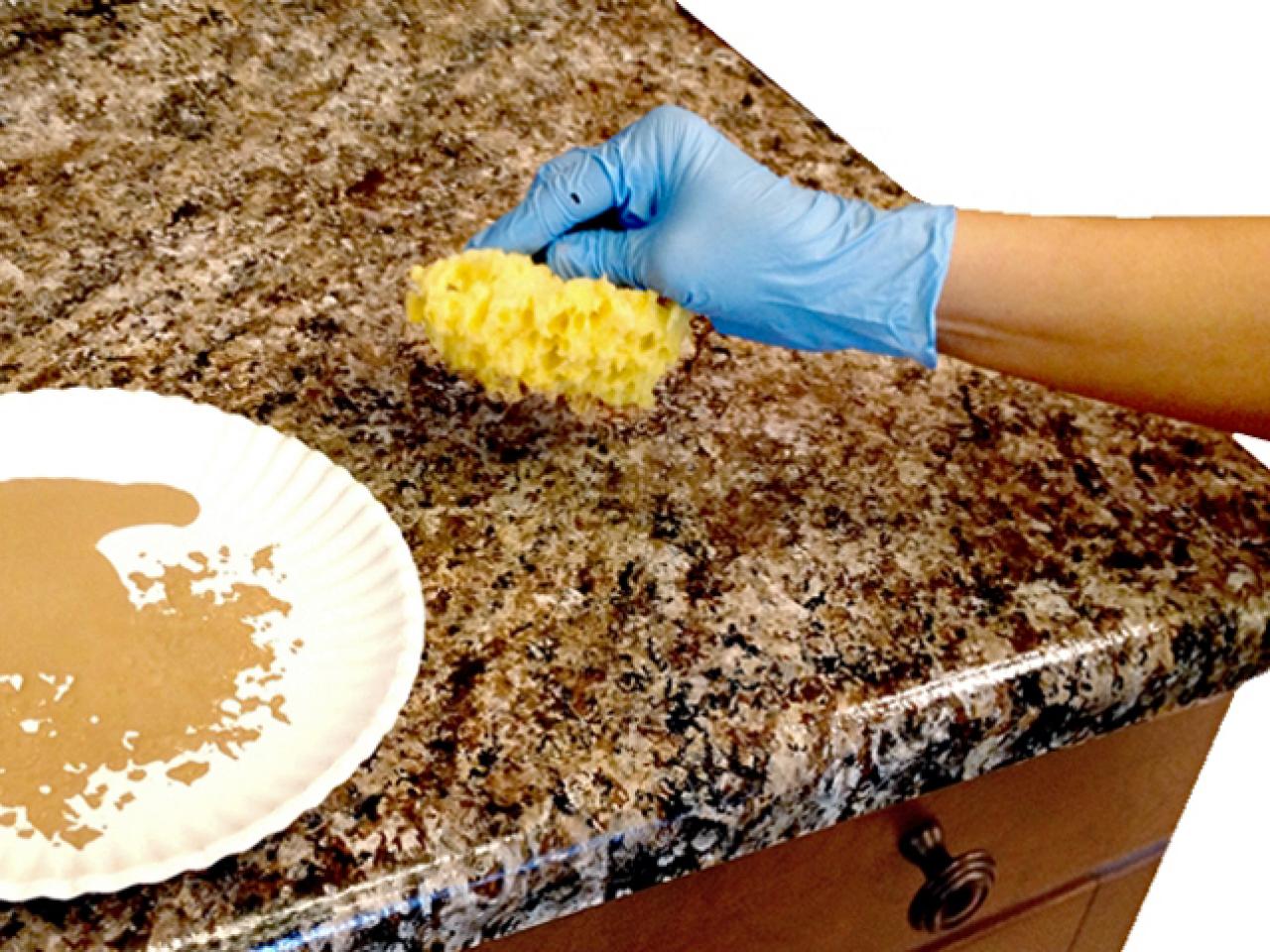
How long does it take to paint granite countertops?
Painting granite countertops is a multi-step process that can take several days to complete. Cleaning, sanding, and priming the surface typically take a few hours, with additional time needed for drying. Applying multiple coats of paint, with each coat allowed to dry thoroughly, can take one to two days. The final topcoat also requires drying and curing time, which can take several days to a week. Overall, it’s important to allow sufficient time for each step to ensure a durable and attractive finish.
How do I maintain painted granite countertops?
Maintaining painted granite countertops involves regular cleaning with non-abrasive cleaners and avoiding harsh chemicals that can damage the finish. Use a soft cloth or sponge and mild detergent for daily cleaning. Avoid using abrasive scrubbers or cleaners that can scratch the surface. It’s also important to wipe up spills promptly to prevent staining and use trivets or mats under hot items to protect the finish. Regular maintenance and proper care will help keep the painted surface looking its best and extend its lifespan.
Is painting granite countertops a durable solution?
Painting granite countertops can be a durable solution if done correctly with the right materials and proper maintenance. High-quality epoxy or acrylic paints, along with a durable topcoat, can provide a finish that withstands daily use, including moisture, heat, and cleaning. However, the painted surface may not be as long-lasting as the original granite, particularly in high-traffic areas. Regular maintenance, such as cleaning and avoiding abrasive cleaners, is essential to maintain the finish. While painting offers a budget-friendly and customizable option, it may require touch-ups or refinishing over time.
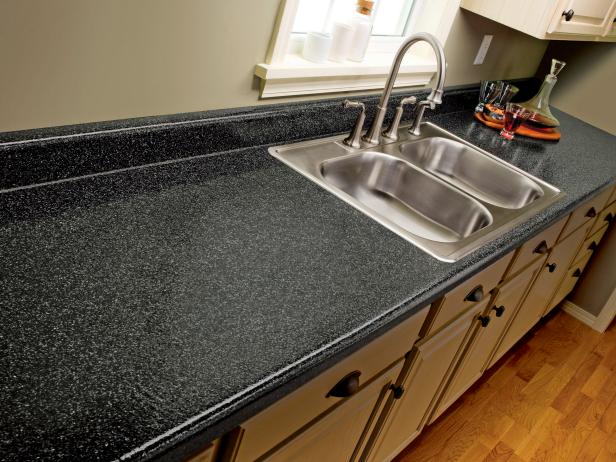
How to Paint Laminate Kitchen Countertops DIY
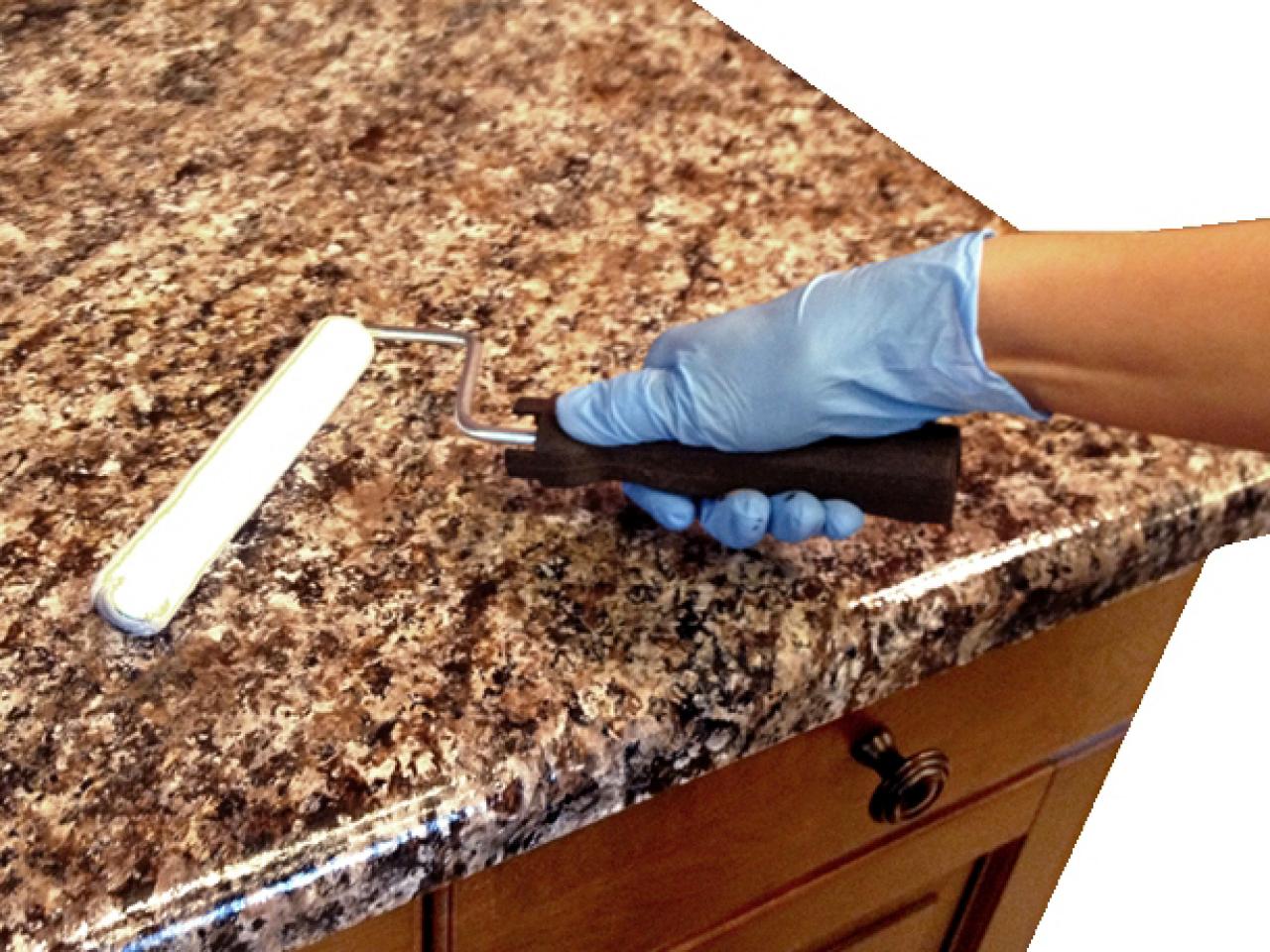
Painting Granite Countertops to Look Like Marble

DIY Giani Granite Countertop Paint Kit

Life Of Lauren Lou Diy countertops, Kitchen remodel countertops

DIY Faux Granite Countertops in Just a Few Easy Steps

Related articles:
- Gray Granite Countertops
- Blue Gray Granite Countertops
- Granite Countertops Wood Island
- Backsplash Ideas For Granite Countertops
- Black Granite Countertops In Kitchen
- Affordable Granite Countertops
- Granite Countertop In Kitchen
- Granite Kitchen Island Countertop
- Kitchen Sink With Granite Countertops
- Granite Countertop Green